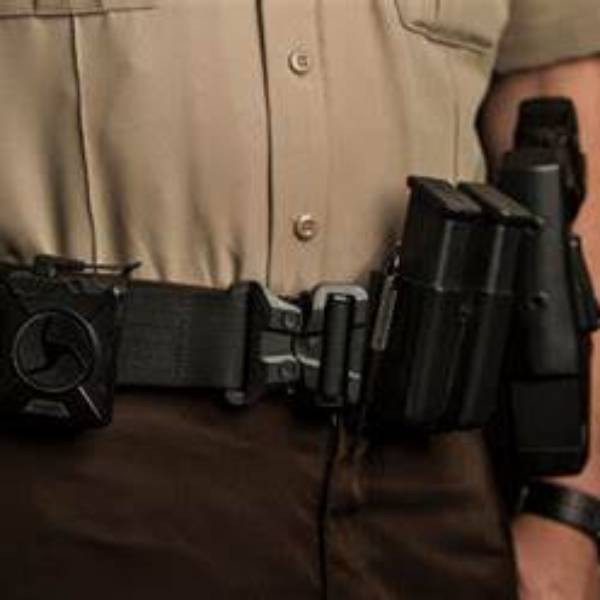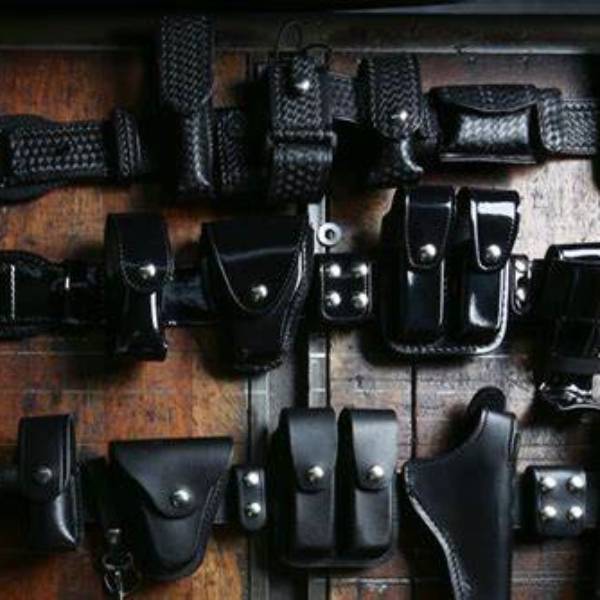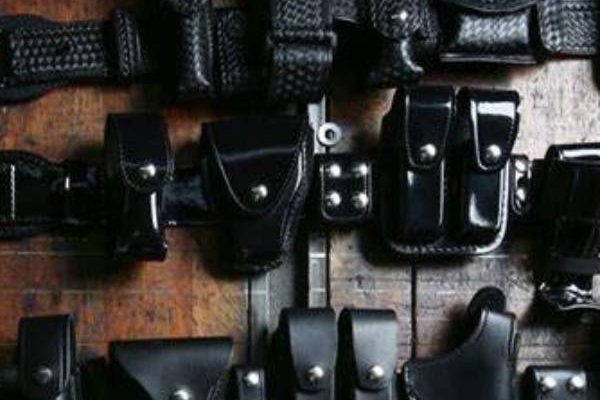Understanding Police Duty Belt Setup Basics
Importance of Duty Belt Configuration
The police duty belt setup plays a vital role in law enforcement. Officers carry various tools that help them perform their jobs effectively. Each piece of equipment must be easily accessible for quick response. When officers can retrieve their tools without delay, they can handle situations more efficiently. Furthermore, a well-organized belt reduces the risk of leaving important equipment behind. Officers can focus on their duties rather than fumbling for gear. Consequently, an optimized setup enhances their overall situational awareness.

Enhancing Officer and Community Safety
Comfort and mobility are key considerations for a duty belt. An uncomfortable setup can distract officers during critical moments. Officers must remain agile while on duty, as they often face unpredictable scenarios. Therefore, a balanced configuration allows them to move freely while carrying essential tools.
Additionally, a thoughtful arrangement increases safety for both officers and the community. When officers feel secure in their gear, they can serve with confidence. This confidence fosters trust between law enforcement and the public. Ultimately, a well-planned duty belt setup strengthens community relationships and improves public safety. Every officer should prioritize understanding and implementing an effective duty belt configuration.
Choosing the Right Belt
Importance of Material Choice
Choosing the right material is crucial for an effective police duty belt. Officers should prioritize durability by selecting belts made from nylon or leather. These materials provide the strength needed to support various equipment. A sturdy belt ensures that gear remains in place during high-pressure situations. In contrast, flimsy belts can lead to equipment sagging or shifting. This can slow officers down during pursuits or other critical incidents. Therefore, investing in a quality belt made from robust materials enhances both safety and efficiency.

Comfort and Fit
Comfort plays an essential role in selecting a police duty belt. Officers frequently wear these belts for long shifts, so a comfortable fit becomes vital. An uncomfortable belt can distract officers and hinder their performance. Choosing a belt with adjustable sizing allows officers to customize their fit.
This adaptability ensures that the belt stays snug without causing discomfort. Additionally, a well-fitted belt distributes weight evenly, reducing strain over extended periods. Officers who prioritize comfort can maintain focus and react effectively to dynamic situations. Overall, finding the right balance between durability and comfort is key to an effective police duty belt setup, which supports the officer’s performance and well-being.
Essential Equipment for Police Duty Belt Setup
Essential Items in a Police Duty Belt
A properly equipped police duty belt setup includes several essential tools. Officers often carry a firearm, as it serves as their primary means of defense. They also use a holster to secure the firearm safely and conveniently. Handcuffs allow officers to restrain individuals who pose a threat, while a flashlight aids in visibility during nighttime operations. Each of these items plays a crucial role in an officer’s daily duties, ensuring they can respond effectively to various challenges. Furthermore, the right gear enhances an officer’s overall confidence as they navigate complex situations.

Additional Tools for Effective Response
In addition to the basic items, officers benefit from carrying extra tools. For instance, pepper spray provides a non-lethal option for subduing individuals when necessary. A baton offers alternative means of defense and crowd control, while a tourniquet provides essential medical assistance in emergencies. These additional tools improve an officer’s ability to handle various scenarios efficiently.
Moreover, having a comprehensive duty belt fosters readiness and ensures officers can act decisively in high-pressure situations. It equips them to tackle unpredictable circumstances while prioritizing safety for themselves and the public. Each item on the belt establishes a balance between authority and care, crucial for effective policing. Prioritizing this equipment ultimately enhances the effectiveness of law enforcement overall.
Organizing Gear Efficiently
Organizing gear on a duty belt is crucial for officers. Each item needs placement that ensures quick access. For instance, a right-handed officer should position their firearm on the dominant side. This setup allows for immediate access during emergencies. Meanwhile, non-lethal tools, such as pepper spray, should rest on the opposite side. This arrangement prevents confusion and allows officers to react swiftly. Officers must conduct regular practice sessions to hone these skills. Consistent practice boosts efficiency and ensures smooth operation when it matters most.
Importance of Routine Practice
Routine practice is essential in a police officer’s training regimen. Officers should draw each item from their belt under various scenarios. This training prepares them to handle stressful situations effectively. Furthermore, officers can also simulate situations where they may need to use each tool. This exercises not only builds muscle memory but also increases confidence. Women officers with a black belt should incorporate routine practice to enhance their skills in high-pressure situations, ensuring readiness for any challenge they may face.
In high-pressure moments, officers who are well-practiced can act decisively. When gear placement and practice align, response time improves significantly. This improvement can make a critical difference in emergency situations. Recall that well-organized gear contributes to the overall safety of both officers and the public. Hence, diligent practice of quick access can enhance any officer’s capabilities. By prioritizing organization and regular training, law enforcement personnel can ensure they are always ready to serve.
Consideration of Personal Comfort and Fit
The comfort and fit of the police duty belt setup cannot be overstated. Officers should ensure that their belt fits snugly without being restrictive. A belt that is too tight can impede movement, while one that is too loose can lead to equipment shifting. Officers should also consider their clothing choices. A well-fitted uniform facilitates the smooth operation of the equipment. Additionally, officers should explore options such as padding or ergonomic features to enhance comfort. For optimal comfort and fit, choosing the best men’s belt is essential for police officers to ensure their duty gear is secure yet flexible.
Regular Maintenance and Inspection
Maintaining the police duty belt setup is crucial for safety and functionality. Officers should perform regular inspections of their gear. This includes checking for wear and tear, such as frayed straps or damaged holsters. Ensuring that gear operates properly can prevent malfunctions during critical incidents. Officers should also clean their equipment regularly. Clean gear not only functions better but also projects professionalism in the community. To enhance safety and functionality, using the best ratchet belt can provide the support needed for a properly maintained police duty belt setup.
Training and Adaptation
Training related to the police duty belt setup is essential for all law enforcement officers. Regular drills enable officers to familiarize themselves with their equipment. These exercises increase muscle memory and improve efficiency during real-life scenarios. Officers also need to adapt their setups for specific tasks or environments. For example, a tactical operation might require a different configuration than routine patrols. Staying flexible ensures that officers are prepared for any situation. Proper equipment setup is crucial, just as knowing how to tighten a serpentine belt ensures vehicle readiness for any situation officers may encounter.
Conclusion: Elevate Your Police Duty Belt Setup
The police duty belt setup is more than just an accessory; it serves as a lifeline in critical situations. Selecting the right belt, organizing equipment efficiently, and prioritizing comfort are all vital aspects. Regular inspections and consistent training will elevate an officer’s preparedness. Ultimately, investing time and thought into the duty belt setup can lead to enhanced safety for officers and the communities they serve. Adopting these practices will empower officers to perform their roles with confidence and efficiency.
